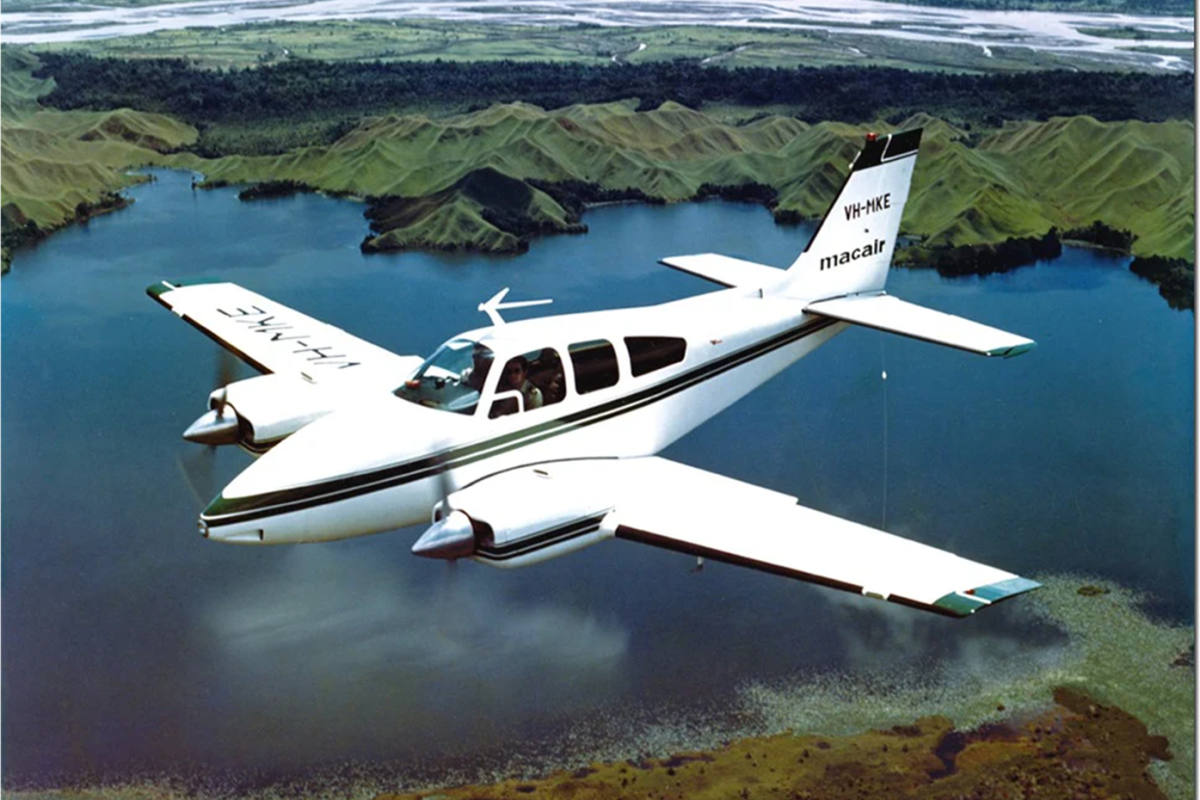One of my favourite aviation movies is The Spirit of Saint Louis, starring Jimmy Stewart as Charles Lindberg. In the opening title scene, we see a dot of an aeroplane against a grey, cloudy sky and the sound of a radial engine.
There’s something about the sound of a radial. They have a rolling thunder sound to them. They sound relaxed, yet powerful, like they’re holding plenty back in reserve. All pilots look up when they hear an aeroplane overhead – but when they hear a radial, they look and listen.
My journey with a radial started with the purchase of an abandoned Boredom Fighter project. The little single seat biplane was designed in the 1970s for a Continental A-65 when these engines were plentiful. These days, the little Continental is hard to find as are the engine parts.
A friend said “That little plane would look great with a radial on the nose…”. Hmmm, yes it would.
Between the wars there were a few small radials available of varying quality and reliability. The large radials developed by giants such as Wright and Pratt & Whitney became very reliable and efficient powerplants, particularly under the increasing demands of WW2. After the war, the development of radials basically stopped as Jet engines took over their role.
The hunt was on for a small radial that married the by-gone looks and sound of the round engine with the reliability and efficiency of automotive technology. Most homebuilders know of an Australian made radial, but these are too big and heavy for a little ultralight like a Boredom Fighter.
Whilst surfing the web I came across a small radial engine called a Scarlett, made by Verner of the Czech Republic. They make 5, 7 and 9-cylinder models.
This research coincided with a holiday in Europe, so I visited the Verner factory in the picturesque town of Sumperk and was taken for a ride in the factory demonstrator, an open cockpit parasol two-seater. Sumperk airport is an all-over field so we took off outside the factory hangar straight across the field.
I was impressed by the torque and thrust of the 7-cylinder model and the relaxed power delivery. It was a fun flight, not only because of the engine’s performance but also the beauty of the area.

These engines use automotive technology where appropriate, with in-house manufacturing to assemble an old-fashioned radial package — perfect for nostalgic aircraft such as WW1 replicas, 1930s barnstormers, etc.
The crankcase of the Verner engine is magnesium, die cast at a local foundry then machined at the Verner factory. It is powder coated for corrosion resistance. The crankshaft, master and connecting rods are forged, then machined out of 15230CSN structural steel. Wiseco forged aluminium pistons are used. The cylinders are cast aluminium, machined in-house then lined with steel sleeves. The heads are from a Honda electric generator. Dual electronic ignition supplies the spark and a simple carburettor supplies the fuel.
Being a dry sump design, the oil is contained in a separate oil tank. The engine driven oil pump pulls the oil up into the crankcase and into the upper cylinder heads. The oil drains by gravity down to the lower heads and back into the oil tank. Crankcase oil also drains into the oil tank.
The owner of Verner Motor, Pravoslav Verner, saw that I was interested in the details of his engines asked whether I’d like to be the dealer for his engines in Australia.
The Boredom Fighter would be a very slow build, so a partially finished Kitfox IV was purchased. The 83 hp Verner 5-cyclinder Scarlett engine is the perfect fit for the Kitfox IV, as these are normally powered by an 80 hp Rotax engine. Plus, the Kitfox has a somewhat nostalgic look about it. An engine mount was designed with the help of the USA Verner dealer and constructed locally. Then came the long and messy job of modifying the Kitfox cowls into something that looked right behind the little radial.
After minor repairs to the wings and tail feathers due to multiple owners and relocations, my building partner covered the flying surfaces and painted the Kitfox in a nice bright yellow – a great colour for visibility.
Kitfox VH-PDR was finished back in May 2021, but being a VH-registered experimental, a Certificate of Airworthiness (‘C of A’) was required, involving inspections and mountains of paperwork.

Due to the Covid lockdown, the ‘C of A’ inspection and the paperwork weren’t able to be completed until the end of October.
Then came the day of the first flight. November 19th 2021 dawned clear and still, so I pre-flighted VH-PDR carefully, started her up and taxied to do a thorough run-up.
All was well, so I took a deep breath, entered Wedderburn RWY 35 and took off. The little radial pulled like an ox, mainly because it can swing a 76” prop, and we were off the ground very quickly. I climbed above the airfield, reduced RPM… and my heartrate.
With all temperatures and pressures in the green, I simulated some approaches at altitude. The little Kitfox handles nicely and is quite docile, although it has heavy ailerons. I did a circuit and landed on the grass runway. It turned out to be an uneventful maiden flight… exactly what you want!
There was only one witness to the first flight of VHPDR, who said it sounded great, which brings us back to that distinctive radial sound, so reminiscent of the golden age of aviation.









